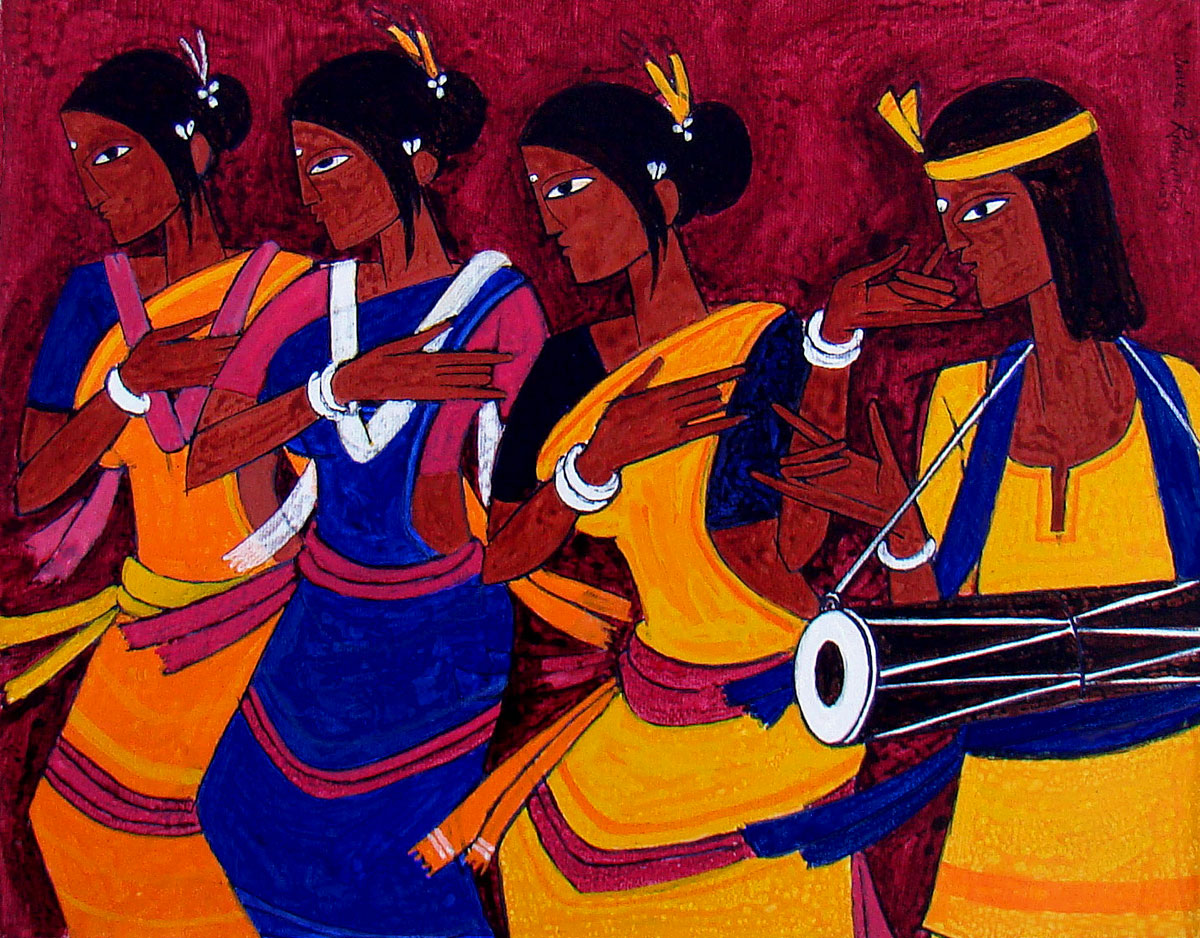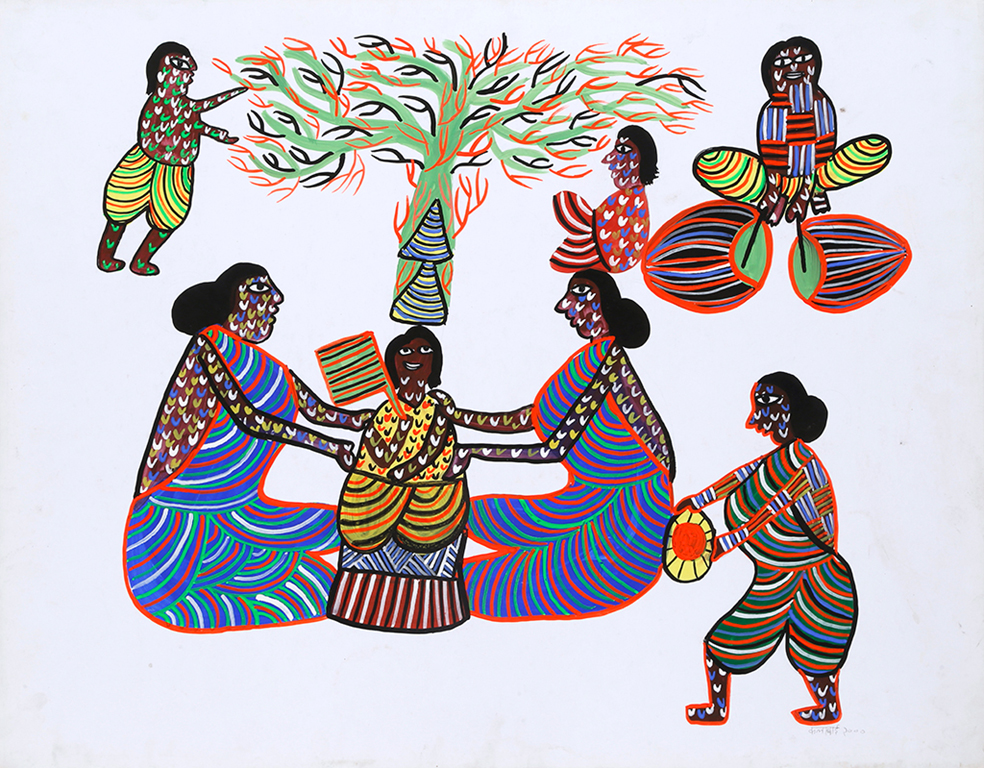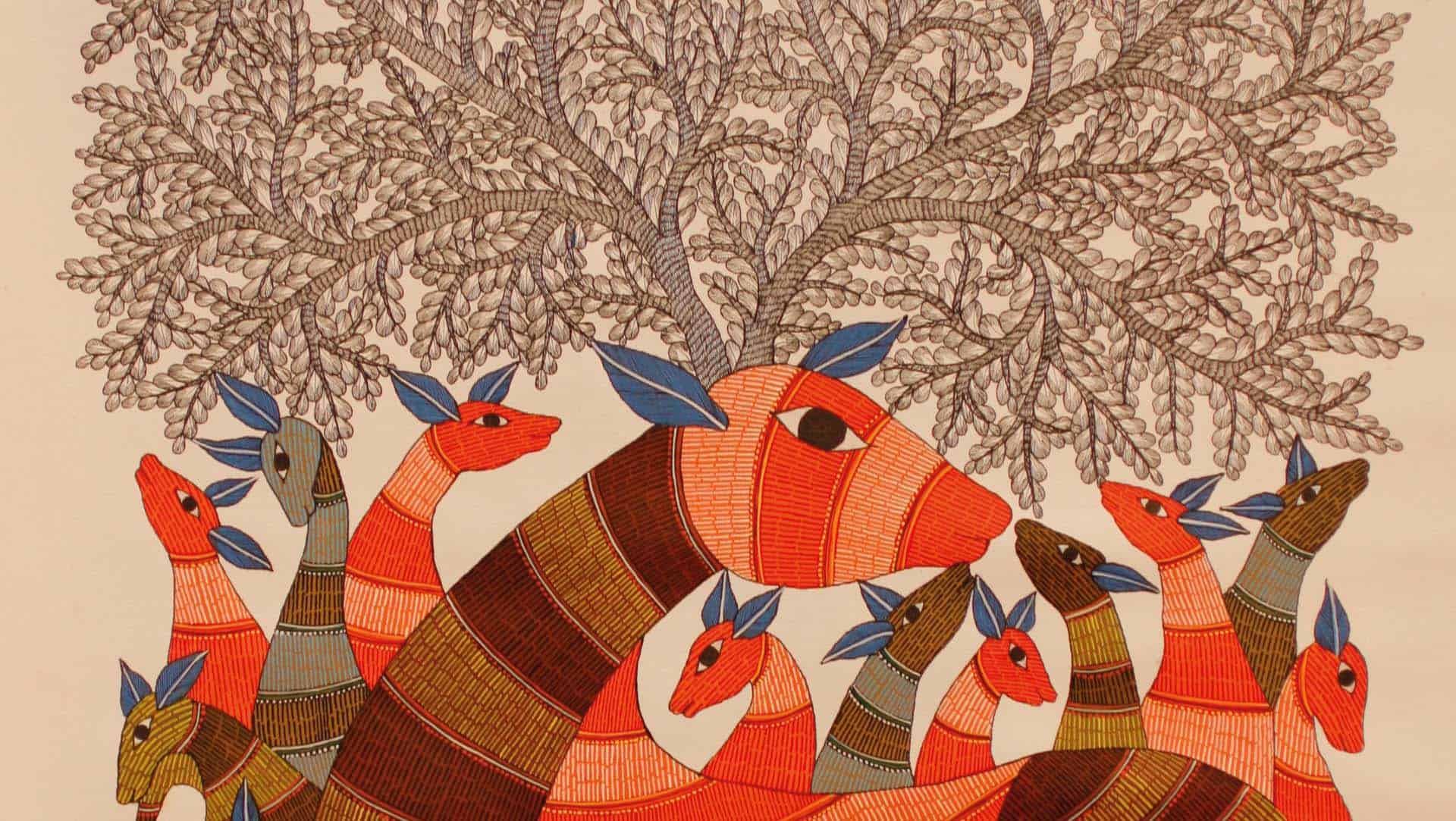Posted by Abhay Majhi
Historically, Adivasi literature has stayed hidden from mainstream eyes despite the fact that they have a rich custom of oral narration. Their stories have elements of the fantastic and the surreal that transport any listener to the world of wonders. These are stories about the Adivasi way of life, nature, theory, and the human condition, and the interconnection between them. Unfortunately, Adivasi literature remains a highly niche category due to their unavailability to youngsters who receive education in either English or Hindi.
Even a large number of Adivasi youth do not have access to their own stories due to the language barrier. It is, therefore, important that these stories are translated in Hindi and English so that many more people can revel in the rich folktales and stories handed down through generations.
There are certain factors as to why Adivasi stories don’t reach the mainstream literary circles. India is rich, with a variety of religions, expressions, customs, races, and dialects. However, only 22 languages are deemed official in a pool of more than 880 dialects/languages spoken in the country, many of which are Adivasi.
Whereas the said 22 languages have been promoted and encouraged, Adivasi languages have not found a similar platform to develop. Further, the Adivasis, whose rich oral traditions stored the stories in the spoken form, generally lived a long way from metropolitan urban communities, thus limiting their dissemination.
In other words, whereas the languages of metropolitan hubs under British India were developed and taught in schools, Adivasi languages were pushed further into the hills. This universe of Adivasi stories is also slowly seeing the light of day due to the support of publishing houses like Adivaani and Zubaan, that have made them available to readers in English. There are still not many English-language books by Adivasi scholars and writers, but the gap is being filled slowly

Be that as it may, the Indian government and civil societies, including social activists and lawmakers, have ventured forward to preserve and interpret these unheard voices and to impart Adivasi literary gems to the world. Sahitya Akademi, India’s National Academy of Letters, has fostered the Project of Indian Literature in Tribal Languages and Oral Traditions to safeguard and instruct individuals about this writing.
If the literature of Adivasis is to gain further notice and appreciation, it needs to be accessible to readers of English and Hindi. A prime example of the inaccessibility of Adivasi stories can be viewed in the condition of the Koya language. The Koya tribe of Southern India, who call themselves Koitur, consists of fourteen million individuals. However till date, it hasn’t had a single book in English that captures their stories and folktales. This means that their folktales that capture their worldview and identity are not available to a wide audience
The creator, G. N. Devy has been instrumental in making an interpretation of different native dialects into English and Hindi. When inquired as to why Adivasi literature has been less visible than those in other Indian dialects, Devy said, “After print innovation began affecting Indian dialects during the nineteenth century, the destiny of the oral got unstable. A gross social disregard must be looked at by the dialects which stayed outside print innovation.” In other words, whereas the languages of metropolitan hubs under British India were developed and taught in schools, Adivasi languages were pushed further into the hills.
Also read: Why Do We Need To Stop The Culture Of Tribal Tourism In India?
This universe of Adivasi stories is also slowly seeing the light of day due to the support of publishing houses like Adivaani and Zubaan, that have made them available to readers in English. There are still not many English-language books by Adivasi scholars and writers, but the gap is being filled slowly.

If the literature of Adivasis is to gain further notice and appreciation, it needs to be accessible to readers of English and Hindi. A prime example of the inaccessibility of Adivasi stories can be viewed in the condition of the Koya language. The Koya tribe of Southern India, who call themselves Koitur, consists of fourteen million individuals. However till date, it hasn’t had a single book in English that captures their stories and folktales. This means that their folktales that capture their worldview and identity are not available to a wide audience.
These stories and literary sources give understanding of an extraordinary world. They offer a new point of view to a worldwide audience and mirror the significance of saving uncommon writing through interpretation. In spite of the fact that our dialects are unique, the force of our feelings is something very similar. Writing permits us to perceive this. It addresses our spirits and engravings in our souls, and it has the ability to erase the lines that partition us.
References:
- Meena, Ganga Sahay. Tribal Literature: Challenges and possibilities, Forward Press
- Poyam, Akash. Ten voices from Adivasi literature, The Caravan
Also read: How Does The Citizenship Amendment Act Affect Adivasis?
Abhay Majhi is an undergraduate student studying English Literature at St. Stephen’s College in New Delhi, India. He loves having discussions on social issues, international politics, history, mythology, science fiction, and fantasy literature. He is also into creative writing and political writing
Editor’s note: This article is republished from the Adivasi Lives Matter archives
Featured Image Source: Iteeha
About the author(s)
An online platform to challenge the generational neglect of indigenous peoples in India. #AdivasiLivesMatter




